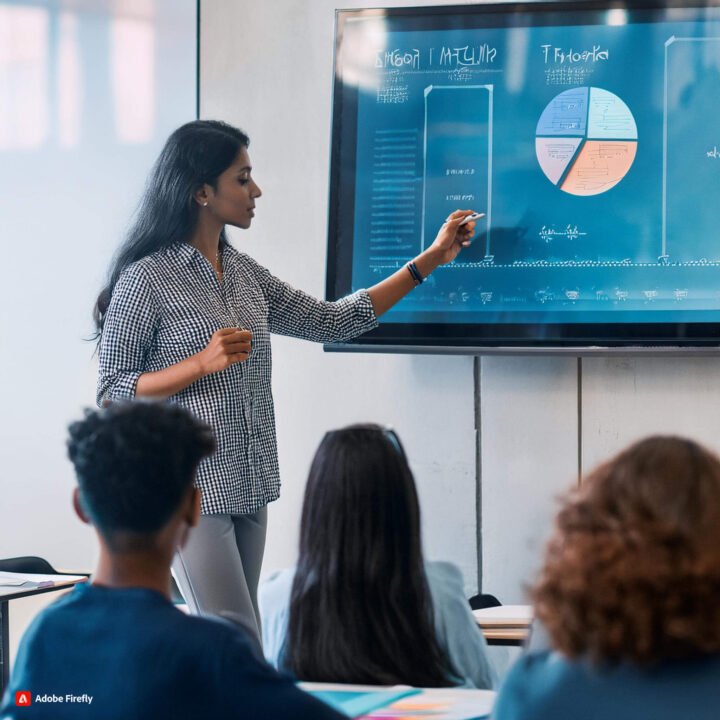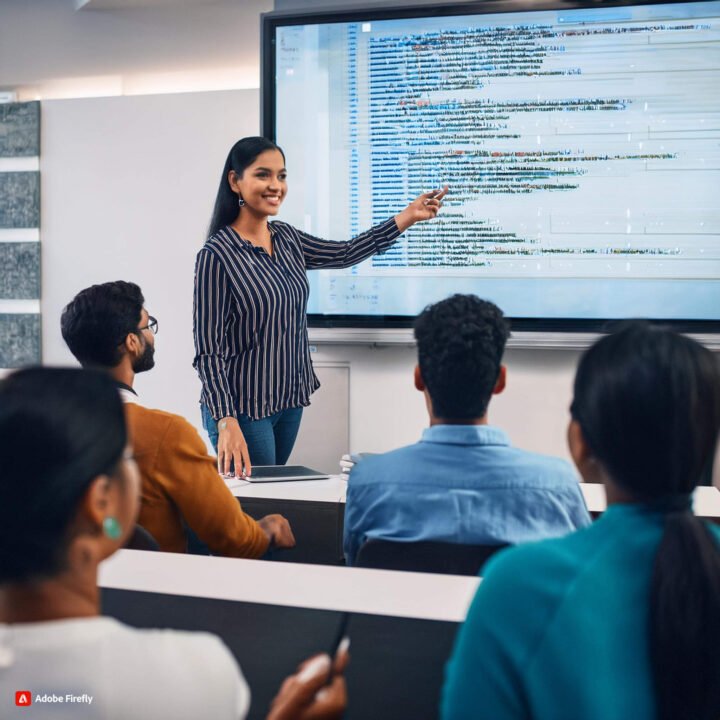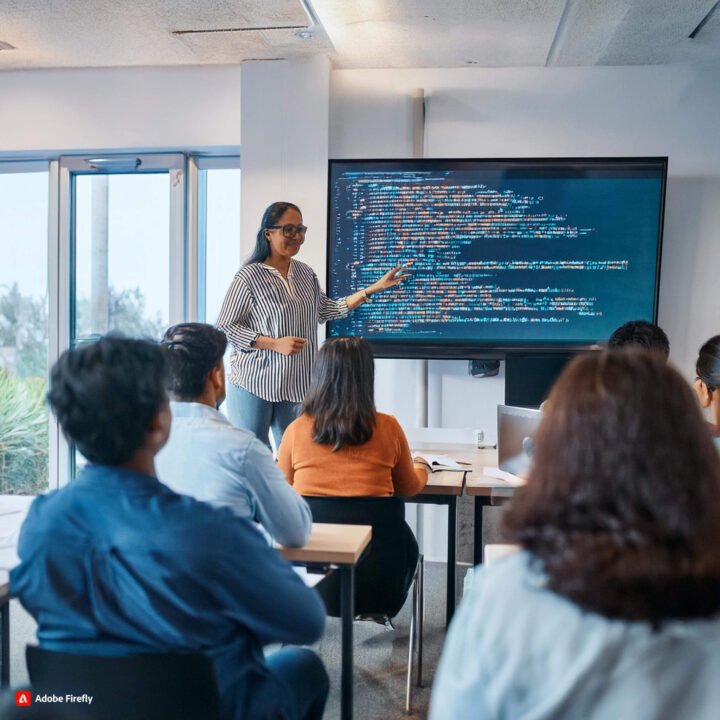Navigating the Transition: Key Considerations for Migrating from CA ACF2 to RACF
Migrating from CA ACF2 to RACF: Key Considerations
CA ACF2 is another security management tool commonly used in mainframe environments. Like CA Top Secret, ACF2 has its own methodology for defining and enforcing security policies. While the migration approach from ACF2 to RACF follows a similar structure, there are a few key differences to keep in mind.
Understanding ACF2 Security Structures
- Logonid Records: In ACF2, user information is stored in Logonid records. These records must be mapped to RACF user profiles.
- Resource Rules: ACF2 uses resource rules to define access controls, which need to be translated into RACF resource definitions.
- Infostorage Database: ACF2 stores security data in the Infostorage database. Extract this data and map it to RACF’s equivalent structures.
Migration Steps
- Discovery: Understand the current ACF2 environment, including Logonid records, resource rules, and Infostorage data.
- Extraction: Use ACF2 utilities to extract the necessary data for migration.
- Target System Preparation: Prepare the RACF environment as outlined in the previous section.
- Transformation: Map ACF2 structures to RACF, ensuring that Logonids, resource rules, and other security elements are properly transformed.
- Load: Load the transformed data into RACF.
- Testing: Perform thorough testing using RACF’s audit utilities and compare security reports to validate the migration.
Conclusion
Migrating from CA ACF2 to RACF requires careful planning and execution. By following a structured approach—starting with discovery and extraction, through to transformation, loading, and testing—you can ensure a smooth transition. The key is to thoroughly understand both the source and target environments and to meticulously map security structures from one to the other. With this guide, you’re well-equipped to navigate the complexities of security management tool migration and ensure that your mainframe environment remains secure and compliant.
We have good hands on experience in Mainframe modernization field and reach us on vlakshmie@vrgzlabs.com






